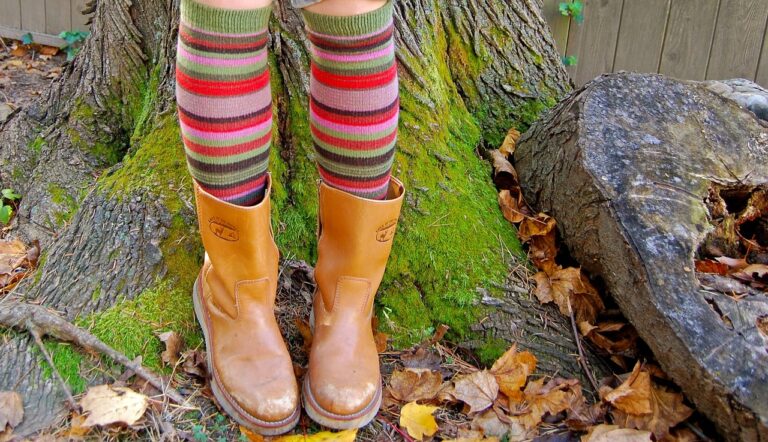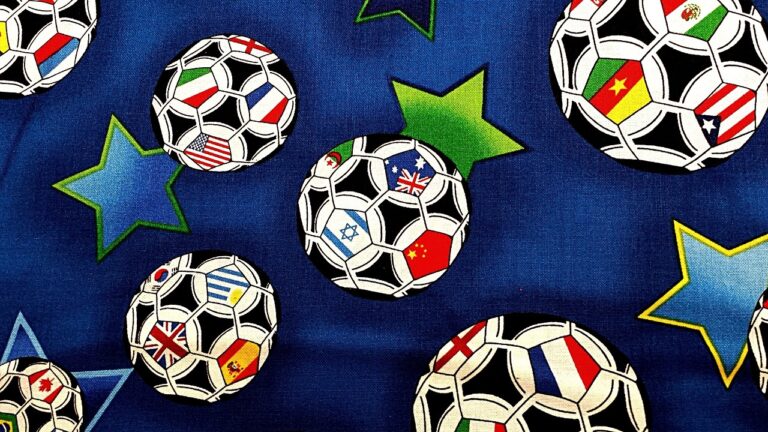Fashion and Secondhand Shopping: The Rise of Thrifted and Vintage Clothing Markets
In ancient times, the practice of acquiring pre-owned goods dates back to early civilizations. Bartering and trading items among communities and individuals paved the way for the concept of secondhand shopping. People saw the value in reusing and repurposing belongings rather than discarding them, primarily due to resources being scarce and expensive to obtain. This led to a culture of thriftiness and resourcefulness that spanned across various cultures and regions.
With the rise of industrialization, the proliferation of mass-produced goods made secondhand shopping more accessible to the general population. The 19th and 20th centuries saw the emergence of charity organizations and thrift stores, aiming to provide affordable options for those in need. The growing awareness of sustainability and environmental concerns in recent years has further fueled the popularity of secondhand shopping, encouraging people to embrace the charm and uniqueness of pre-loved items.
The Popularity of Thrift Stores
One of the key factors driving the popularity of thrift stores is the increasing awareness of environmental issues. As more and more people become conscious of the impact of fast fashion on the planet, they are turning to thrift stores as a more sustainable option for updating their wardrobes. By buying secondhand clothing, individuals can help reduce the demand for new clothing production, which in turn lessens the strain on environmental resources.
Moreover, the economic aspect of thrift store shopping also contributes to their rising popularity. In today’s consumer culture, where trends come and go at a rapid pace, thrift stores offer budget-friendly options for those who want to stay fashionable without breaking the bank. The affordability of secondhand clothing allows shoppers to experiment with different styles and trends without the guilt of overspending, making thrift stores an attractive option for budget-conscious individuals looking to expand their wardrobes.
The Appeal of Vintage Clothing
Vintage clothing holds a unique charm that resonates with individuals seeking to express their individuality and establish a distinctive style. The appeal of vintage garments lies in the rich history and character embedded within each piece, offering wearers a sense of nostalgia and a connection to the past. Embracing vintage fashion allows individuals to stand out from mainstream trends and showcase a personal aesthetic that transcends time.
Furthermore, the sustainability aspect of vintage clothing contributes to its growing popularity among eco-conscious consumers. By choosing to shop for vintage pieces, individuals participate in reducing the environmental impact of fast fashion and promoting a more ethical approach to clothing consumption. As the fashion industry continues to address sustainability issues, the appeal of vintage clothing as a stylish and eco-friendly alternative is steadily gaining momentum.
– Vintage clothing allows individuals to express their individuality and establish a distinctive style
– Each piece of vintage clothing carries a rich history and character, offering wearers a sense of nostalgia
– Embracing vintage fashion enables individuals to stand out from mainstream trends and showcase a personal aesthetic that transcends time
– The sustainability aspect of vintage clothing appeals to eco-conscious consumers
– Choosing vintage pieces helps reduce the environmental impact of fast fashion
– Vintage clothing promotes a more ethical approach to clothing consumption
– The appeal of vintage clothing as a stylish and eco-friendly alternative is steadily gaining momentum in the fashion industry
Why has vintage clothing become so popular in recent years?
Vintage clothing has become popular due to its unique styles, sustainability benefits, and the desire for individuality in fashion.
What is the difference between vintage clothing and secondhand clothing?
Vintage clothing refers to items that are at least 20 years old and have a certain aesthetic appeal, while secondhand clothing simply refers to items that are pre-owned.
How can I determine if a piece of clothing is truly vintage?
Look for certain characteristics such as the quality of the construction, the style of the garment, and any labels or tags that indicate the time period in which it was made.
Are thrift stores the best place to find vintage clothing?
Thrift stores can be a great place to find vintage clothing, but other options include vintage boutiques, online retailers, and flea markets.
Is buying vintage clothing sustainable?
Yes, buying vintage clothing is a sustainable option as it helps to reduce the demand for new clothing production and extends the life cycle of existing garments.







